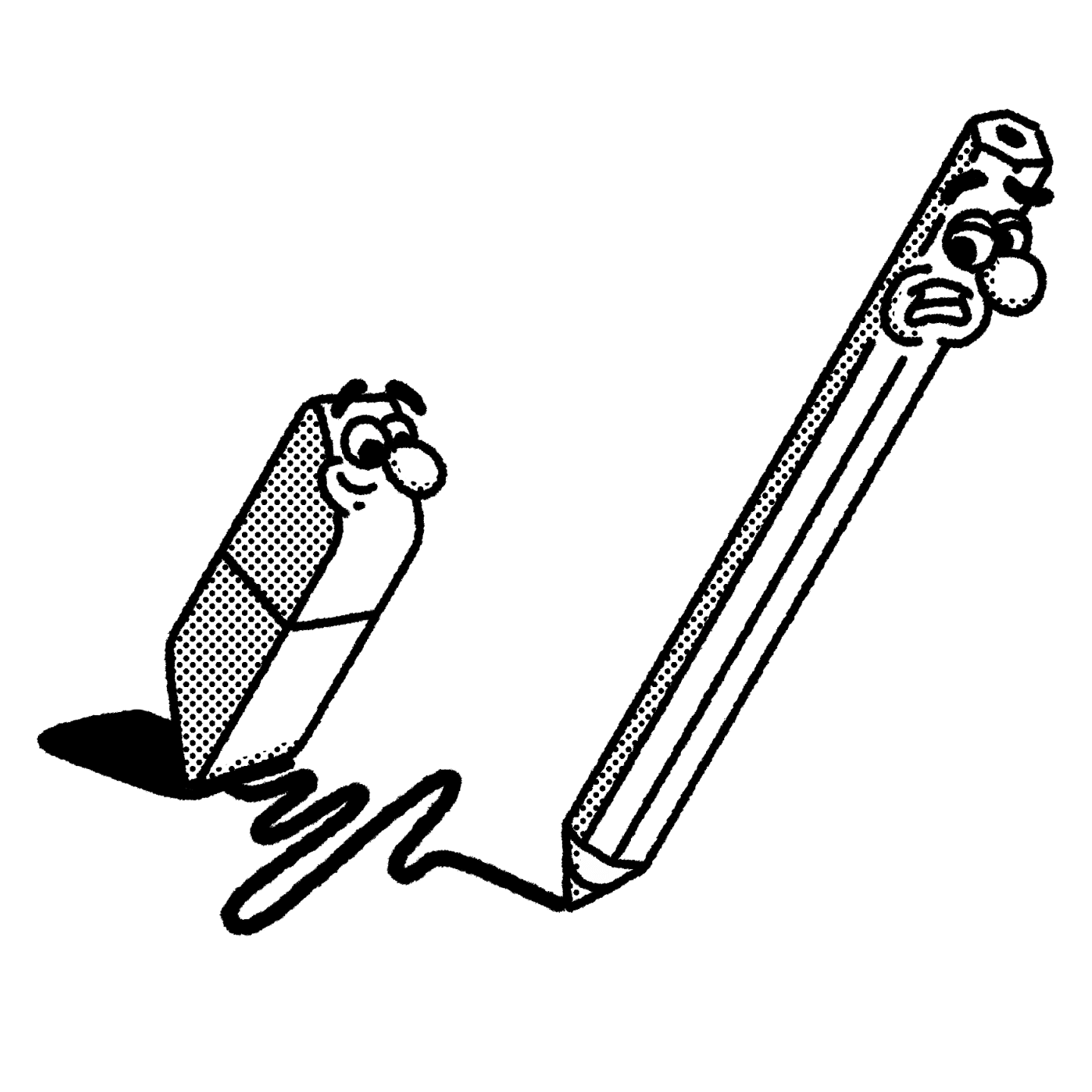What is ACORD?
Before 1970, insurance companies all had their own individual forms and certificates for every part of their business.
Since there were no standards, customers, agents, insurance brokers, and even insurance companies found it difficult to understand what policies were being purchased, how long they lasted, how much coverage was being offered, who was backing these policies, etc.
In 1970, insurance companies got together and created the Association for Cooperative Operations Research and Development (ACORD) to limit this confusion. They gave ACORD the job of creating standard forms for use across the insurance industry that were easy for everyone to understand.
Fifty years later, the ACORD certificate of liability is still the standard for proving you have insurance.
Why do you need a certificate of liability insurance?
Generally referred to as a certificate of insurance (COI), an insurer provides this document to show clients, employees, inspectors, or anyone else the insurance coverage your business is carrying.
A coverages certificate not only verifies that you have insurance; it also summarizes key information and conditions of your policies. Anyone reading it can understand exactly how you are covered.
As a small business owner, you may need to prove you have certain types of small business insurance before securing a contract. An ACORD certificate of liability insurance is the industry standard form for doing just that.
How does a COI work?
When you request a certificate of insurance, you become a certificate holder. As you can imagine, a COI includes the certificate holder’s name and contact information and their insurer’s name and contact information.
It also would include any additional named insureds and additional insureds.
A COI is broken into separate sections for each type of coverage you’ve purchased — general liability insurance, workers’ compensation, professional liability, and so on.
It’s noted in each section whether the policy is occurrence-based or claims-made, which tells you when you can file a claim. With an occurrence-based policy, you’re covered for anything that happens while the policy is active, so you can file a claim even after the policy expires. With claims-made, you can only file claims while the policy is active.
Every section also clearly states the policy limits for each part of the policy. For example, the general liability section might have six subcategories and the limits of each. In contrast, umbrella liability only has your aggregate limits and per-occurrence limits.
Finally, a COI contains your policy’s effective date, expiration dates and insurance policy number.
With an ACORD certificate of liability insurance, anyone can see at a glance what coverage your business has and all the information they need to verify that coverage with your insurer.
Get your COI faster with NEXT
Need an insurance certificate? With NEXT you don’t need to talk to your insurance agent — just log on, and print, email, text or send via social media your COI any time, 24/7.
You can start a quote, customize your options and access your certificate of insurance online immediately — in about 10 minutes.













